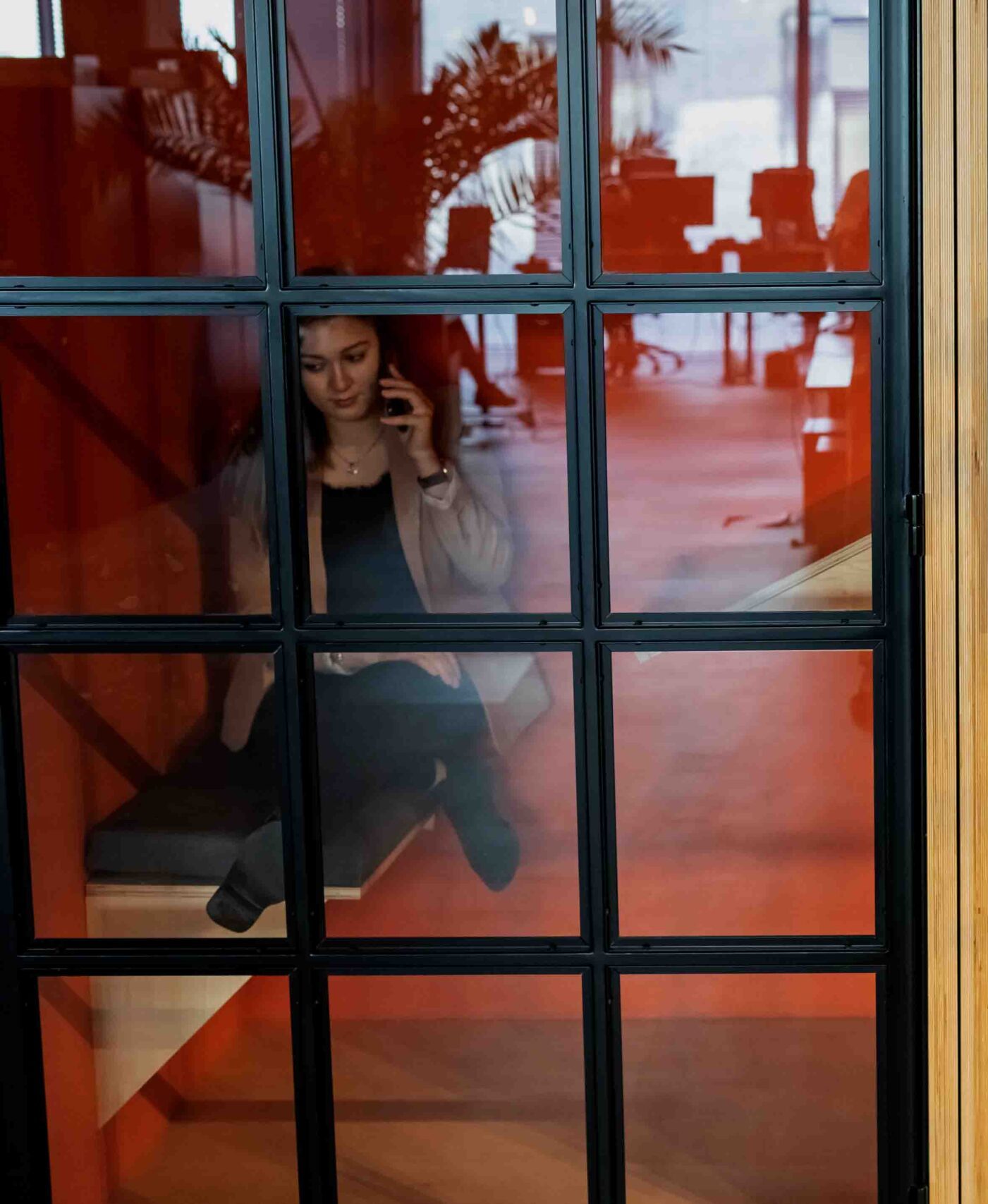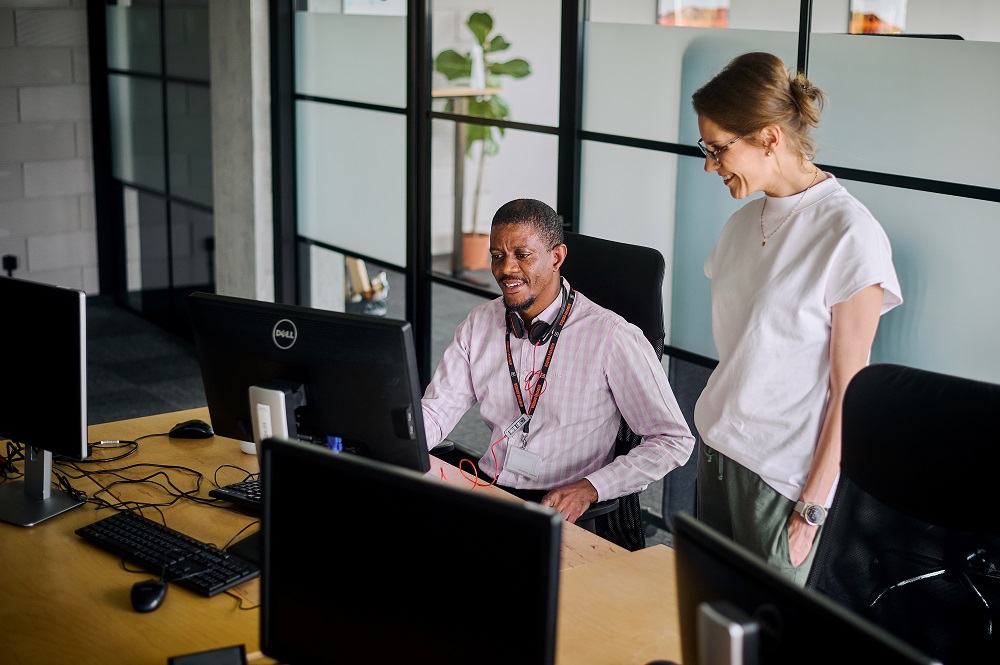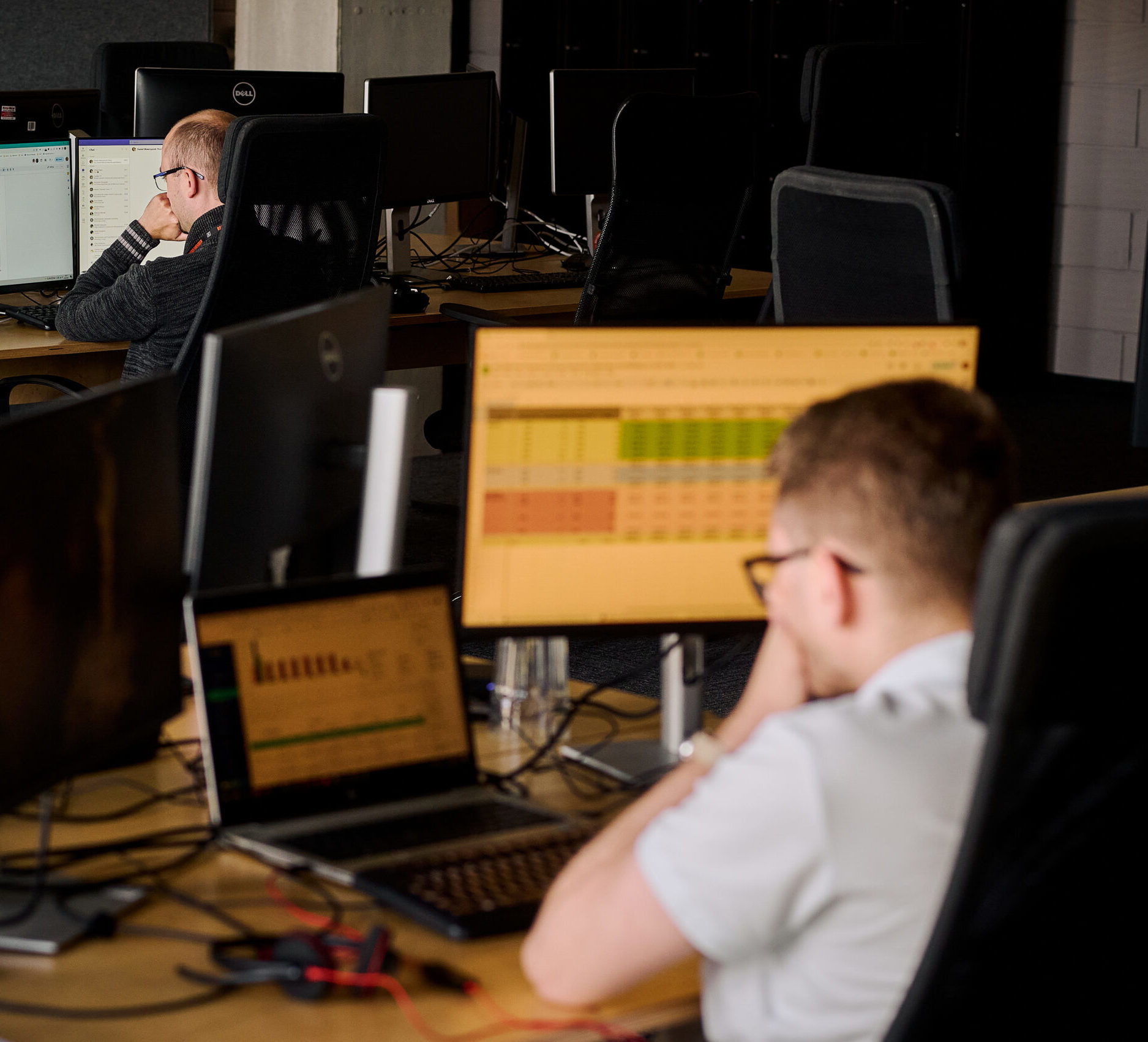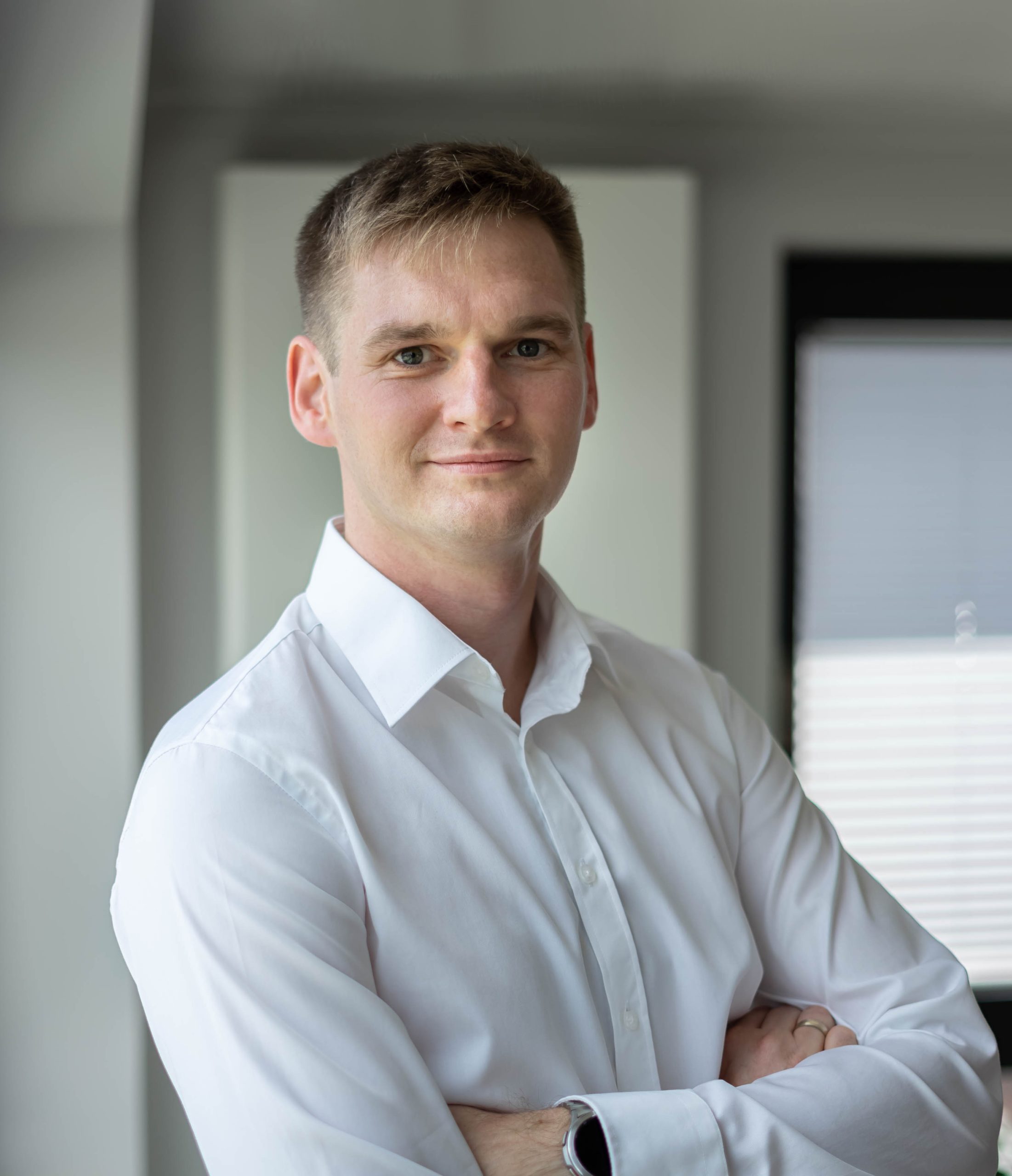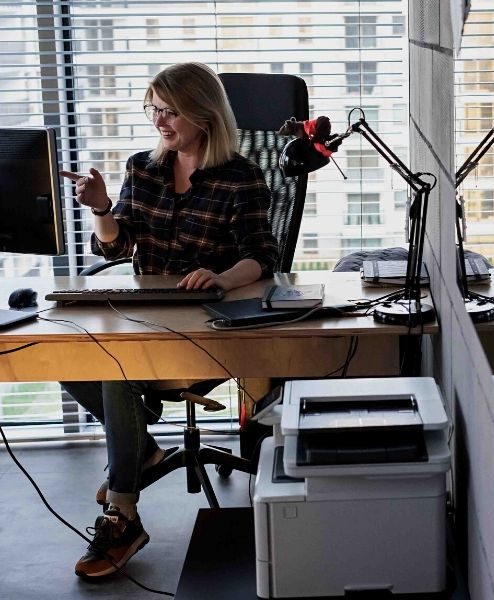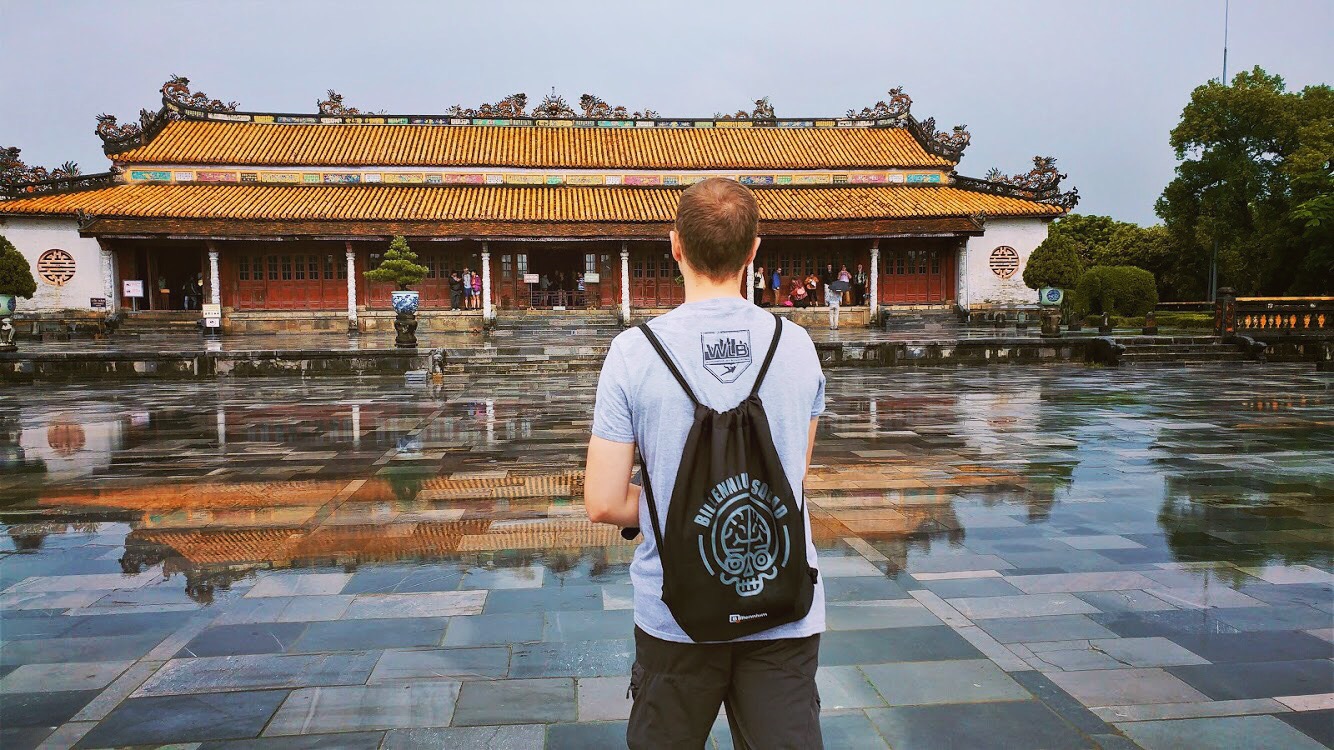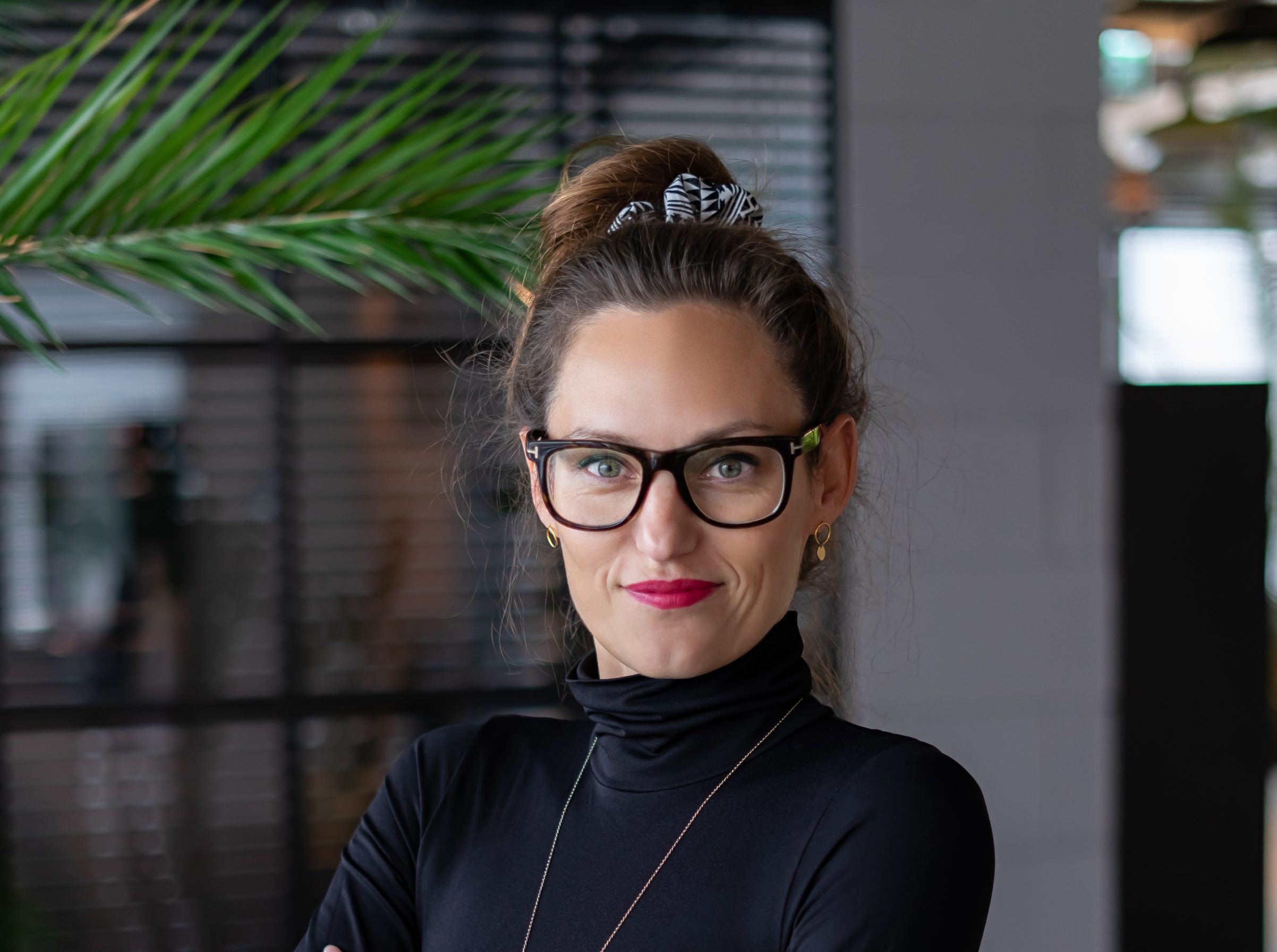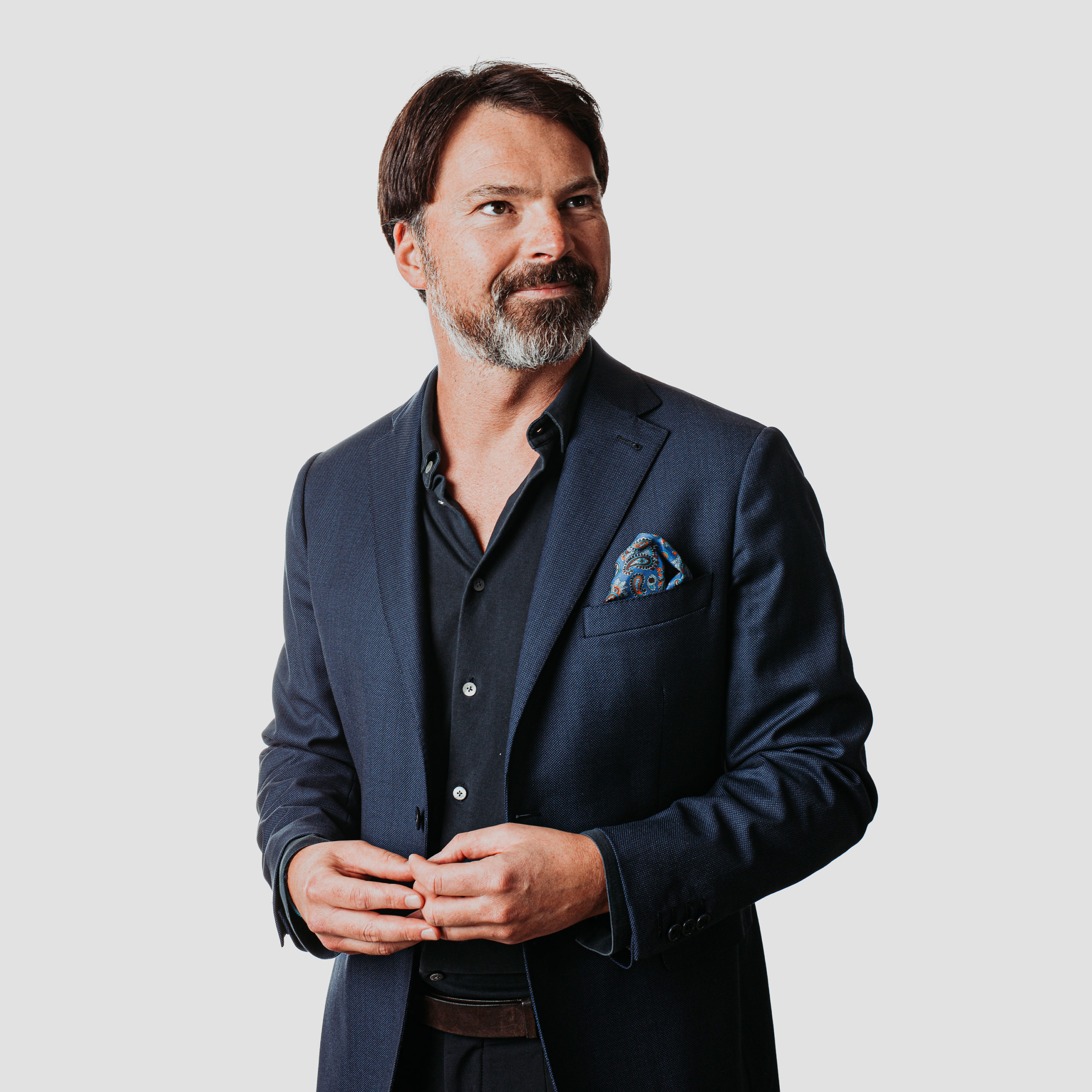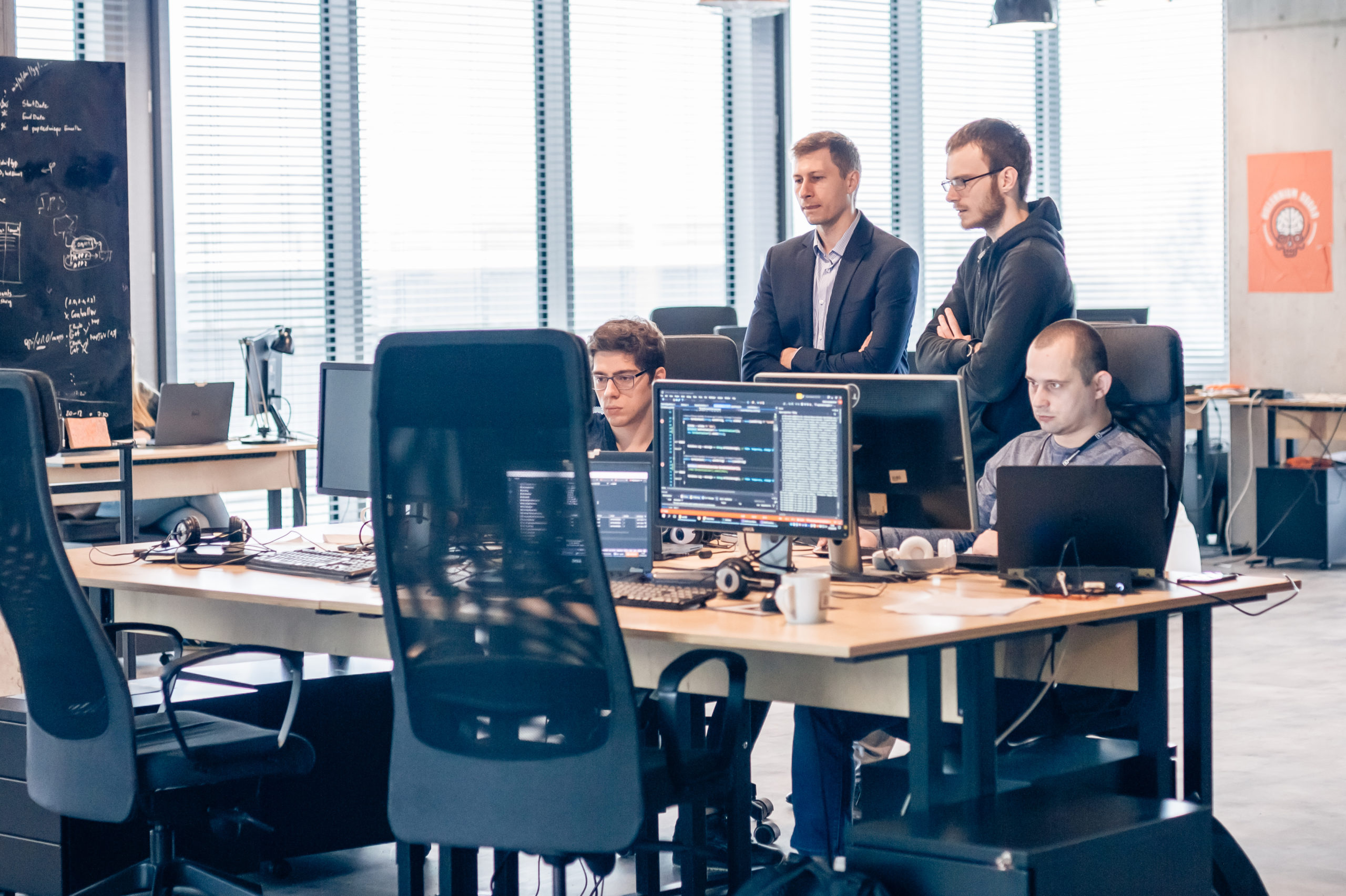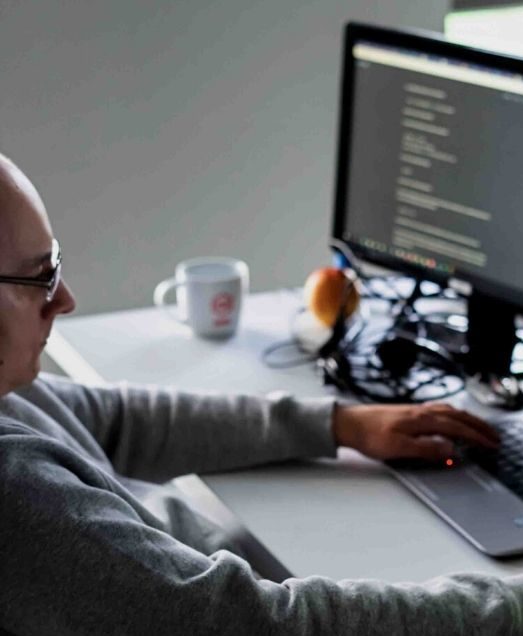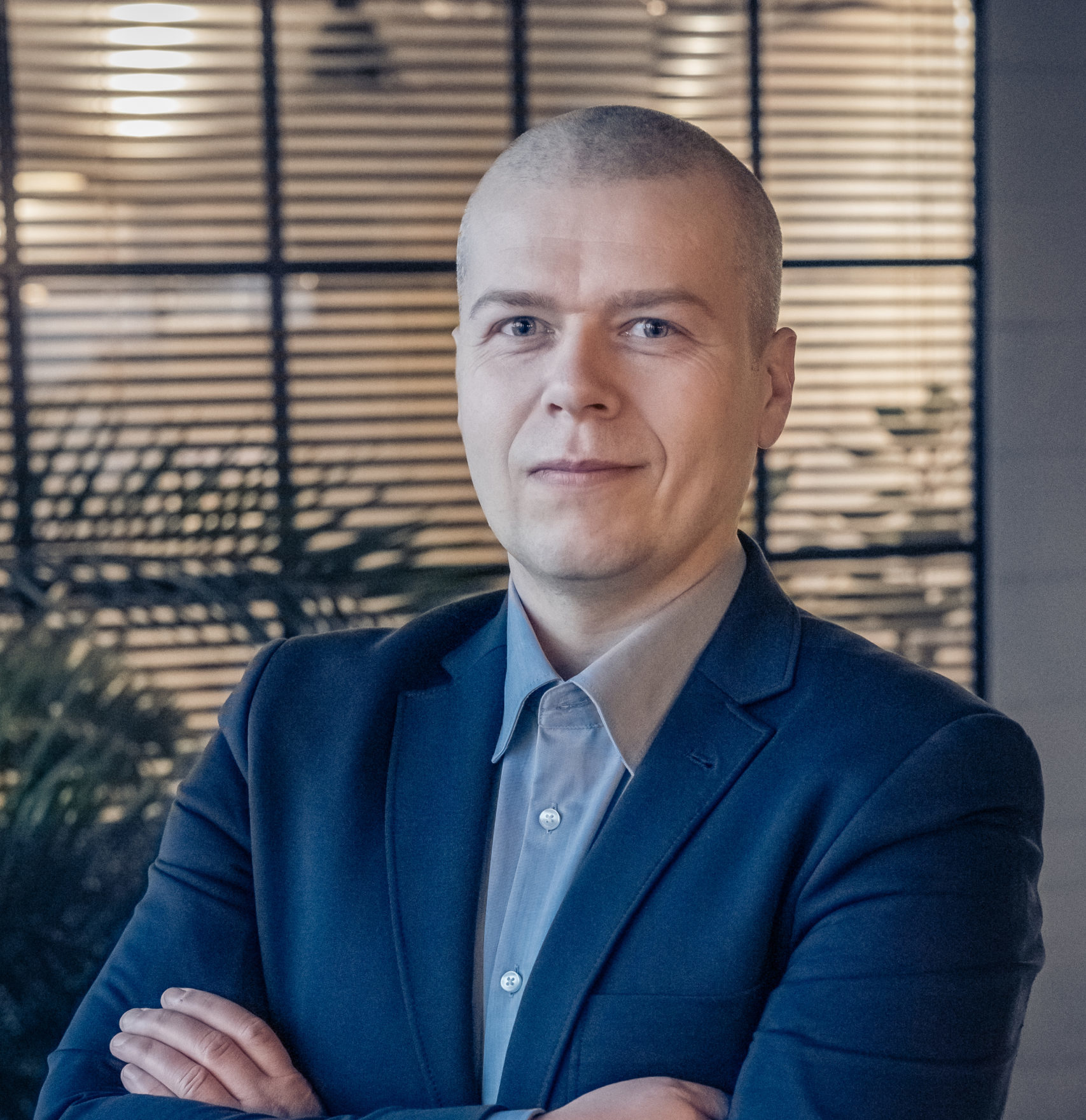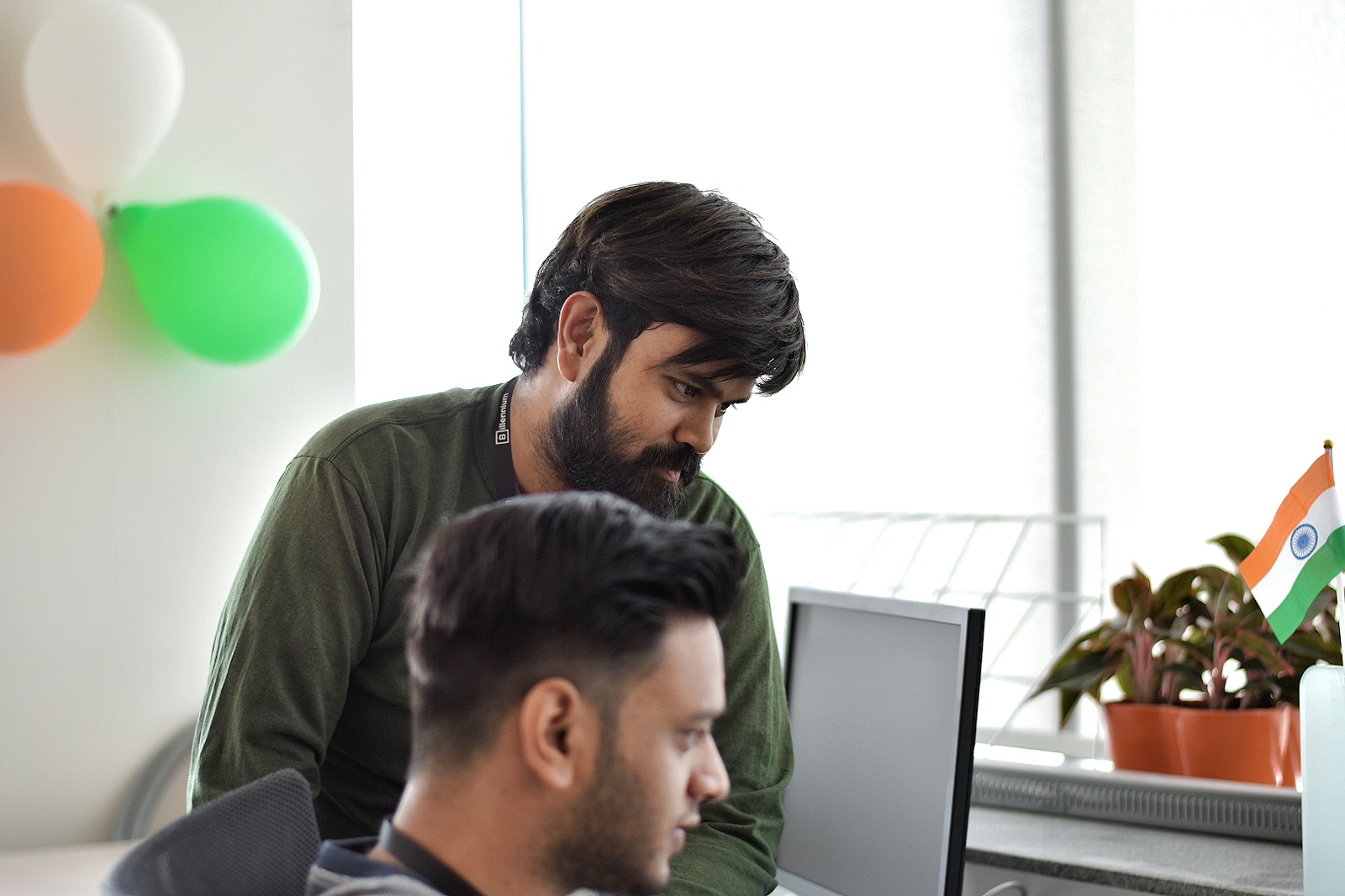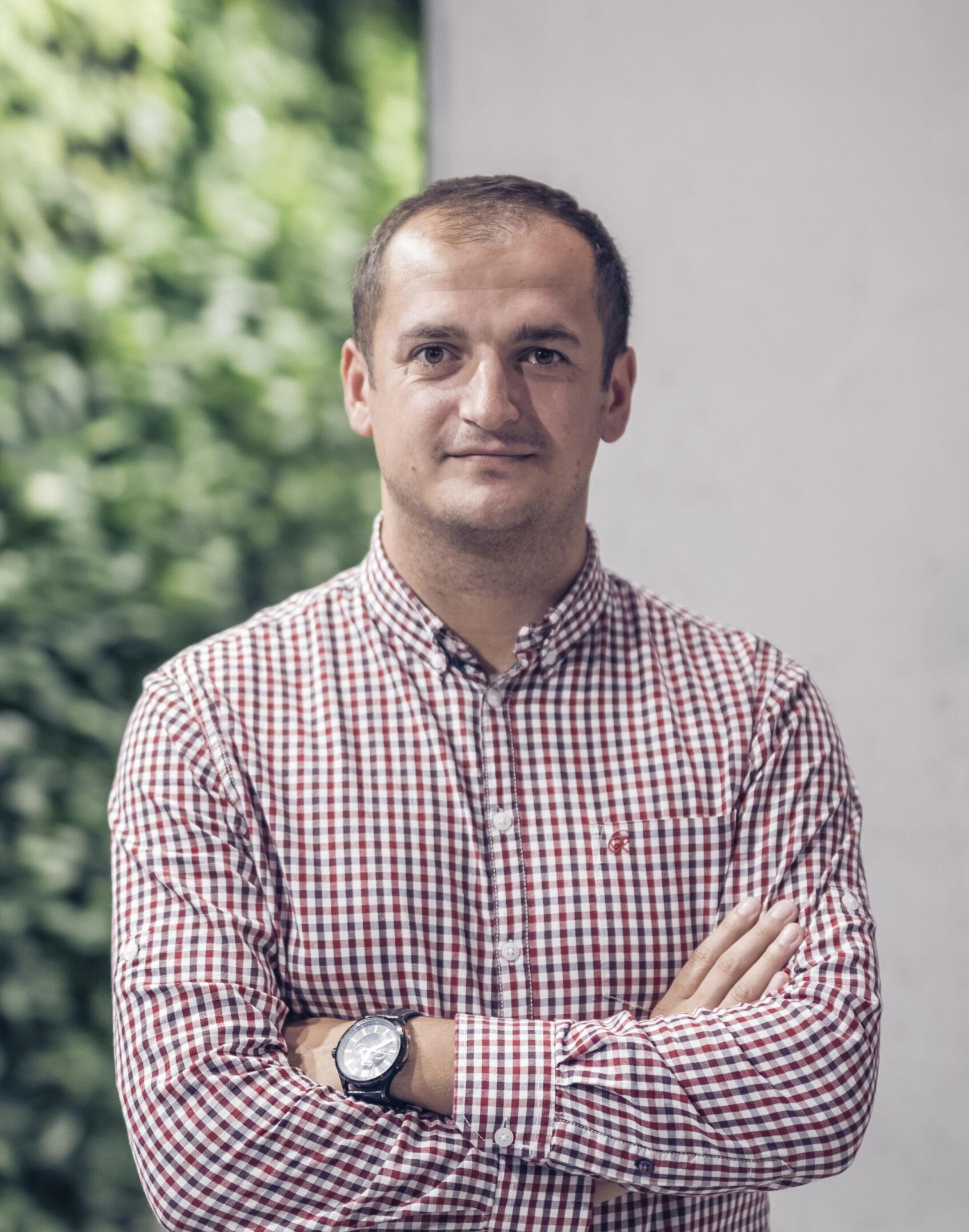How will we live and work in the future? What will we value and pay attention to? What signals of change did we find most inspiring for our customers and ourselves at Billennium? Discover the inspiring trends highlighted by the pandemic!
Do you also believe that the process of tracking signals of change or creating long-term strategies for the development of an organization is a bit like fortune-telling, but at the same time you feel that you need them now more than ever before?
In the technology industry, where Billennium operates, we consider this question particularly important. We want to be up-to-date not only in terms of technologies but also social trends, in order to respond to the needs of potential users of our tools and services. This obliges us to constantly develop, pursue new solutions, improvements or innovations. Tracking trends, researching customers’ needs and proposing useful solutions has become a permanent feature of the Billennium DNA.
The coronavirus pandemic made us realize in a very clear way that some of the changes can come faster than we think. And also that the directions of development may be different than expected. And that the signals of changes have their very different, often unexpected origins.
So how to identify them? A well-known science fiction writer, William Gibson, once said: ‘The future is already here — it’s just not very evenly distributed’. This means that signals of change appear in different spaces of human life. Taking a more business-wise perspective, trend researcher Zuzanna Skalska points out that the first signs of change in most cases start outside the industry they then affect.
We are very lucky at Billennium to be working for customers in different sectors and specialties. This allows us to be agile in combining experiences, creatively confronting needs, and accurately recommending solutions. Our key source of knowledge are our customers and employees, to whom we owe access to hundreds and thousands of observations, dilemmas and problematic issues, but also ideas, tips and insights.
Below you will find some trends and signals of change that we have recently found inspiring.
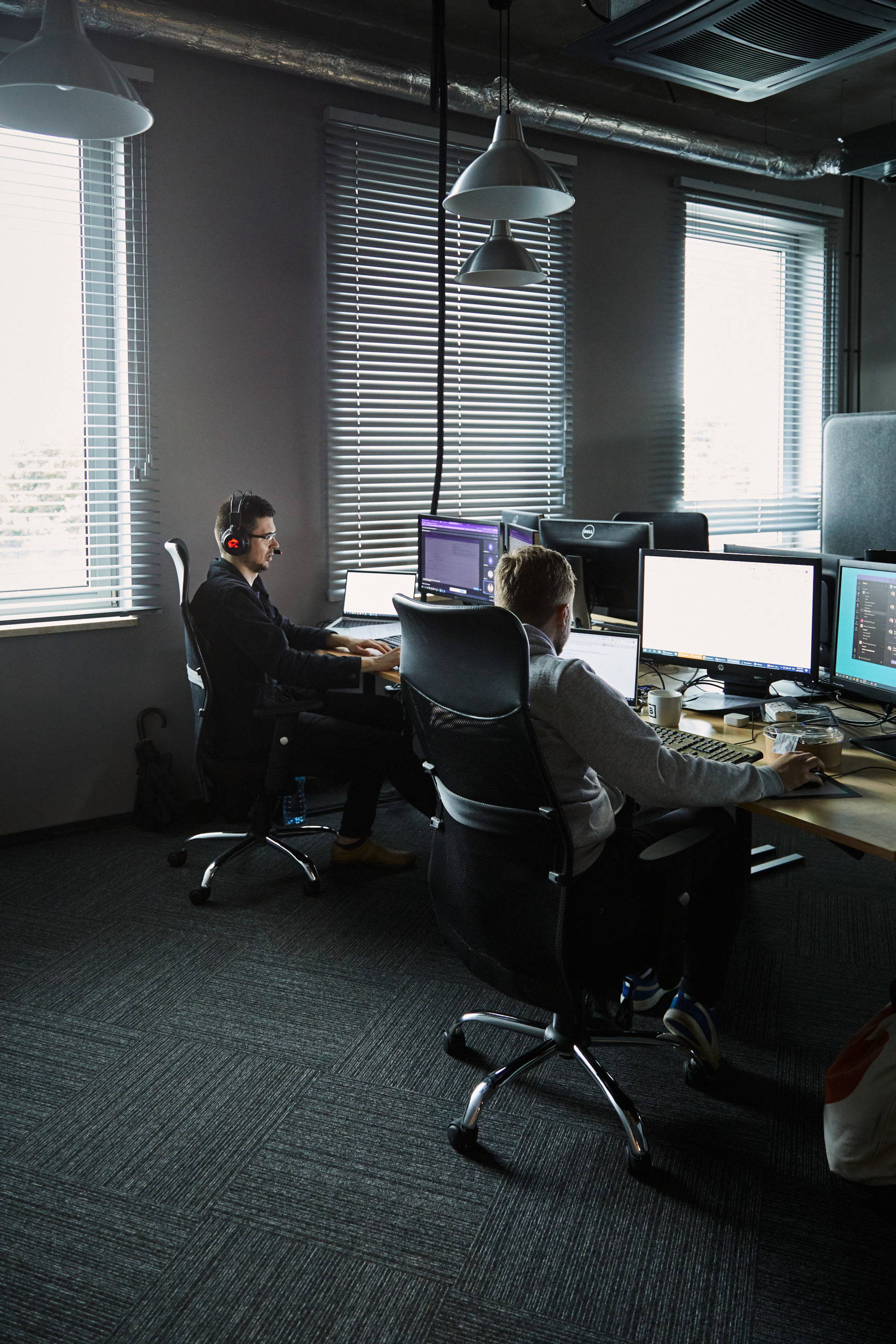
Virtual reality and new experiences
We will move through time and space, experiencing the specific sensations that only the real world and direct contact with the other person has been able to offer us so far. Example? VR has been widely used in the housing business for a long time now.
It is no secret that thanks to cooperation with Microsoft, Skanska has been allowing potential buyers of premises to experience it in a completely new, intuitive way for over a year now. Thanks to the use of Mixed Reality, it is possible to apply architectural or interior design changes in real time, staying virtually in a 1:1 scale mapped space, which is still at the implementation stage. It is even possible to experience the auditory background of the future building.
Legal and mental barriers to online activities? Let’s take them down!
This topic is in line with the changes in the spread of virtual reality – social life, so far based on physical contact, will move more into an online space. Our employees already use e-sports or an e-psychologist, and children, with better or worse experiences, have attended an e-school.
The challenge in this area would be to design the virtual experience of future users in the best possible way, but also to break down mental and legal barriers.
Remote experiences, remote services and deurbanization
We are observing the beginning of widespread telemedicine, teleworking and remote experiences. No one is surprised by an online medical consultation anymore, and the best doctors have no places to have an online visit until the middle of next year, such as Dr. Dorota Sobkowiak or Dr. Magdalena Jagiełło, popular on Instagram.
We can also ask ourselves a question: if we are able to carry out so many social activities virtually – work, visit to a doctor or even theater – is there a real need to live in expensive urban areas? More and more middle-class people decide to buy land outside the city.
This trend is called deurbanization. The motivation to move out is even greater because scientists specializing in the subject of climate leave no doubt. Poland is drying up and the groundwater level in our country is comparable to that in Egypt.
Let’s add to this the constantly rising air temperature, melting glaciers, methane emitted into the atmosphere, smog that lasts all year round in the cities or longer periods of unbearable heat – all these factors may soon make the cities a poor place to live.
New cities or cradle to cradle
What will life in cities look like? The answer comes from the Institute for Advanced Architecture of Catalonia (IAAC), which is highly regarded among architects. It is a research, educational, production and popularization center located in Barcelona.
As one of its main goals, the IAAC points out that the next generation of architecture adepts should be aware of the need to create self-sufficient buildings. The positive value and importance of an architectural project is to be based primarily in the long-term thinking on the comfort and safety of future generations. IAAC has Green Fab Lab – one of the most innovative digital production laboratories in the European Union.
Its task is to create a closed-loop architecture, in which the reuse of waste and retrieval of raw materials is important. The IAAC architects want, as they themselves admit, ‘to provide solutions to the great challenges of humanity’. We call this design approach cradle to cradle.
Time is money? It’s more than that
All of the above examples come down to one most important statement, which will be repeated by everyone like a mantra in the coming years. Time will become the ultimate currency for us. We will save, gain, earn or receive it. We will pay even more attention to how we work, where we work, what we read, how we learn, how and where we spend our free time and how our environment is designed.
In mid-July 2020, the Financial Times published an article entitled ‘Welcome to 15-minute cities’. What is the concept that many cities around the world are willing to adopt?
All services necessary for life, such as work, stores, entertainment, education and health should be within 15 minutes on foot or by bicycle from your home. The author of the idea is Professor Carlos Moreno from Sorbonne, Paris. The driving force behind this idea was the growing reluctance of employees to return to their offices. Daily transport to and from offices simply means a waste of time for them.
We do not yet know exactly what shape the answers to these trends will take. How will the way we work change? It is hard to say, but we can assume that it will indeed change – and this awareness is the first step to prepare ourselves a little better for what will come.
It is extremely difficult to identify the changes on the market that may have a real impact on our organization. However, it is the only way to take a step forward and to be able to power your company with new solutions. It doesn’t matter how big an organization you work in – it’s important to remember that just making an attempt will bring you closer to building a competitive advantage.
